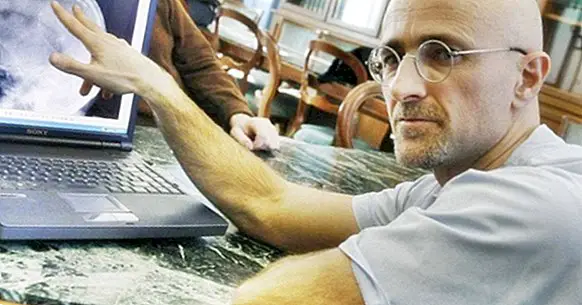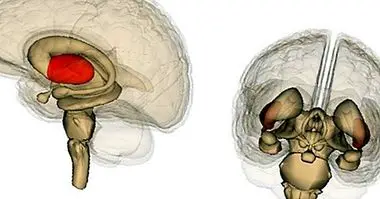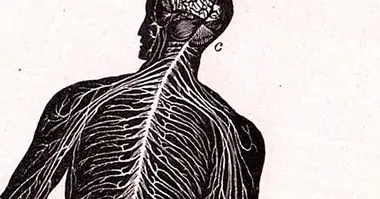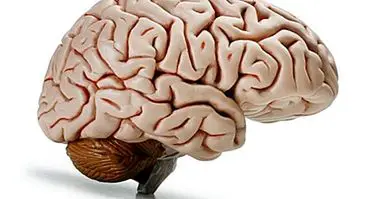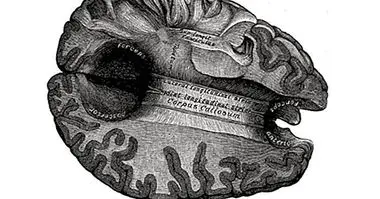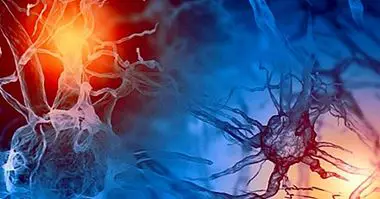Human head transplant: what does science say about it?
It is foreseen that in December 2017 the first head transplant in a human being .
Background
Despite being in times of great changes, it is hard to believe that you can really transplant the head of one human being to the body of another.
However, already in the twentieth century there were several scientists who investigated the matter. The first was the Soviet scientist Vladimir Demijov who in 1954 transplanted the head and front legs of a puppy to the body of an adult adult German shepherd . The dog resulting from the intervention survived less than a week.
Subsequently, some researchers from Cleveland, led by Robert J. White and inspired by the works of Démijov, they transplanted the head of one monkey to the body of another. In this case the result of the intervention was quite successful, since the monkey was able to smell, taste, hear and observe the world around him. However as a counterpart he was paralyzed from the neck down. As it happened in the first case, the monkey barely survived two weeks.
Finally, a Chinese researcher called Xiaoping Ren He performed a similar experiment with rats, which managed to survive one day.
What is the operation about?
It has been stipulated that the operation It will last around 36 hours and will have the participation of more than 100 surgeons . In addition, the operation is expected to cost around 11 million dollars.
The objective of the operation is none other than connect a patient's head to the body of another . An important fact is that the receiver can not choose the body. Some sources reveal that someone who has suffered an accident or has been sentenced to death will be selected.
Regarding the concrete details of the neurosurgery and although it has not transcended much information, it is known with certainty that first they must cut all the structures that connect the head with the patient's body, including the spinal cord that contains about 20 million connections. The union that must be made to restore the connections with the new body will be carried out with the help of a chemical called polyethylene glycol, which facilitates the reconstruction of both bones and nerve fibers.
Sergio Canavero, the Italian neurosurgeon who will lead the operation, says that two years are enough to verify all the scientific calculations and complete all the permits, including the approval of the intervention by various bioethical committees.
The attitude of the scientific community against this intervention is divided in two . On the one hand some researchers consider it a delirium of Canavero whom they call crazy. On the other hand, other scientists support it and believe that the intervention will represent a gateway to the future.
Characteristics of the body receiver
Bearing in mind that the intervention has already been tested on animals with generally poor results, it is difficult to imagine that anyone would voluntarily submit to it.
Valeri Spiridonov is the name of a man who suffers spinal muscular atrophy (AME), a serious degenerative genetic disease that prevents him from moving his limbs except for hands and head. Generally, 50% of children born with this disease do not get to overcome the first year of life. However, Spiridonov has already turned 30.
As he explains the operation is his only way out "I have to do it because I do not have many options, my decision is final, and I do not intend to change it," he says. The operation, if successful, could provide a body with which to fulfill functions such as walking and take things, among other motor functions.
Possible consequences
We are talking about a head transplant. Although there has not been much debate about the impact and the Psychological consequences that an intervention like this can cause, I think it is important to mention some aspects and expose some questions that lead readers to reflect.
One of the aspects to take into account is the longevity of the people. It is true that in the last decades the life expectancy of people has increased considerably. But how will it affect the whole world that some people live on average about 80 years and that others thanks to the intervention vivan 120 ? What changes will occur in society due to living longer?
The ethical debate comes into play
This is what Canavero neurosurgeon points out that is creating high expectations about the intervention: "We are one step away from prolonging life indefinitely, since I can give a person of 80 years a new body to live another 40 years."
On the other hand also There is some doubt about the selection of future recipients . Canavero has said that in principle the operation will only be done with people who have no other way out, people with diseases or pathologies that prevent them from moving normally. However, the neurosurgeon has also revealed that he already has 50 candidates willing to transplant his head and that most of these are transsexuals . So, where is the limit established? What criteria will be followed to select one person before another? Will these people enter waiting lists for transplants or will they follow an independent line?
Towards a future of body changes on demand?
Another aspect of equal importance is the psychological impact which will possibly cause the change of body for both the patient and their family and friends. There has been talk about it and the neurosurgeon has said that "the patient will undergo training with the help of psychologists. For at least six months, before the operation, he will put on glasses that will show his head with a new body. " Is that training with glasses enough to avoid psychological rejection? Will it end up as the first patient to have a hand transplanted in 1988 that two years later asked to have it cut? Can you overcome the psychological rejection of seeing yourself in a new body?
In relation to the psychological consequences, another fact that Canavero has revealed to us is that in the case that the patient already operated decides to have children, the cells of the body of these will contain the DNA of the donor's body . That is, the children will be born genetically similar to the body but not to the patient's head.
This could lead us to a world in which the children will not have to have the genes of the biological parents.
A medical possibility that has to open a debate beyond the scientific
In summary, I personally think that it is important to ask some questions about the intervention and the changes it can bring to the entire planet. How such changes can influence people both at the nomothetic level and at the ideographic level.

